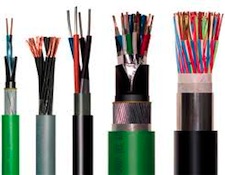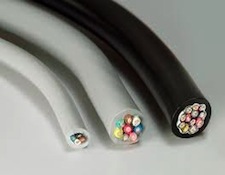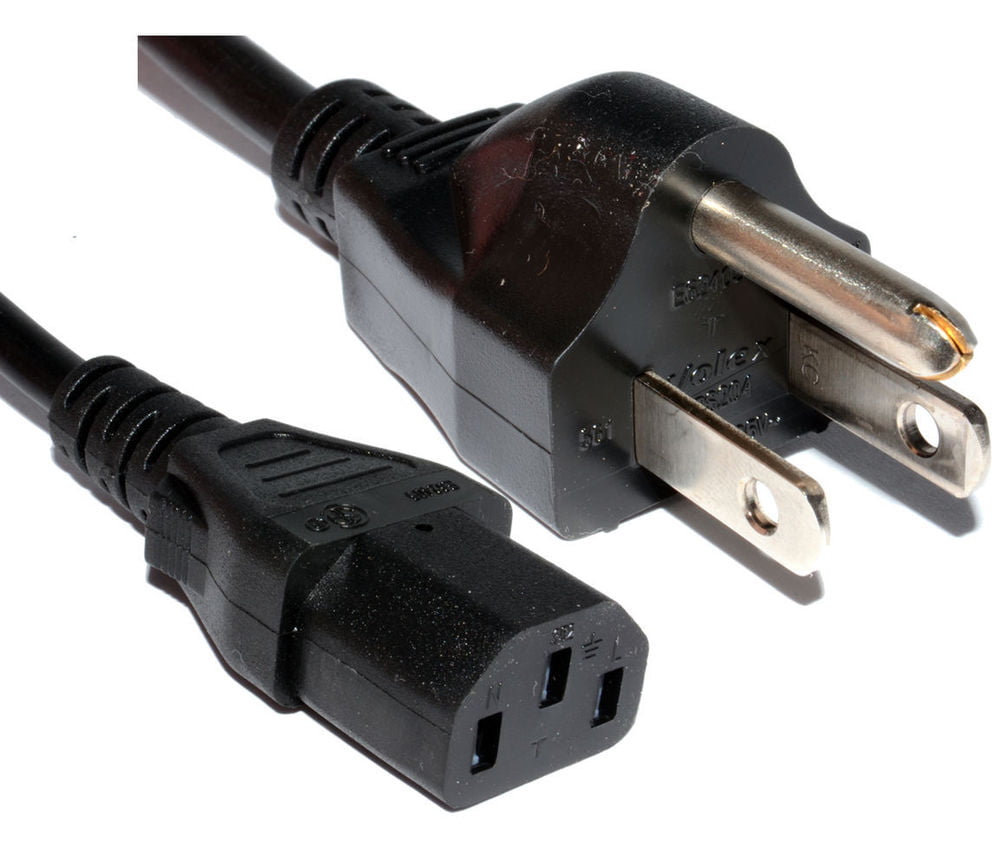It’s the time of year for saving money!

I’m excited to announce that Audiophile Review has a new
irregular feature called “Industry Voices” which we’ll post on Thursdays. There
we’ll host opinion pieces written by folks within the high performance audio
industry about technical and theoretical issues having to do with sound
reproduction.
The new feature will begin with a series of articles written by
Roger Skoff, the founder and designer of XLO cables. Although he sold XLO in
2002, Skoff has continued to be involved in cable theory and design. His series
will look at some basic concepts (that for many audiophiles might not be so
basic) and how they affect sound. I think you’ll find them interesting. I know I did. – SS
Why Better Cables?
by Roger Skoff
The first question people usually ask when an audio salesman
suggests premium cables to go along with new electronics is “Why? What
difference can it make?” and then “Aren’t all wires pretty much the
same?”
In fact, at the most basic level, all cables really ARE the
same: All cables have at least two
conductors ― one to carry signal from the signal source to its destination (the
“load”), and one to carry it back to the source and complete the
circuit.
In all cables the two conductors (the “going” and “coming” pair) are electrically
insulated from each other to prevent them from touching and creating
“short” circuits; and, as long as the circuit is intact and the right
connectors or adapters are used, the truth is that any cable will work for all
cable purposes.

Speaker cables CAN be used as interconnects; interconnects CAN
be used as speaker cables; audio cables CAN be used for video; and video cables
CAN be used for audio or digital. The
difference is not that the wrong cable won’t work at all, but that the right
cable will work better! Better performance is the reason for using
better cables.
So what constitutes the right cable? In fact, although they look simple, cables
are among the most complex parts of any audio, video or Home Theater
system. What kind of wire – copper,
silver, alloy, carbon fiber and “doped” plastic have all been tried –
is used for the conductors will affect the performance. So will the thickness of the conductor
material and how much of it is used. So
will whether the cable is stranded and, if so, how many strands are used per
conductor.
The insulation that is used for the conductor groups and for
the individual wires forming them, and the jacket over the entire cable
assembly; are all crucial elements to the performance of the cable. As is how, and how thickly, insulation is
applied. Shielding, if a cable has any, (For most speaker cable applications,
and for many High End audio interconnects, shielding is not used.); also has an
effect on performance.
A cable’s basic construction geometry; the kind and quality of
the connectors used, and whether the connectors are individually hand-soldered
(hopefully using premium alloy solders) or molded-on, thousands at a time, by
mass production machinery, has an impact on a cables performance as well.
The classic four concerns for the old-school cable designer used
to be just capacitance, inductance, resistance, and characteristic
impedance but in fact, as time has passed and designers and manufacturers
have learned more, it has become increasingly apparent that cables are ― each
in itself, and all working together ― very complex systems, and that such
previously unknown things as capacitive
discharge effects and interactive field
theory, are crucial to getting the very highest performance from an audio system’s
cabling, and to carry that reasoning to its
logical conclusion, from the system as a whole.
It’s not sufficient just to have properly designed and selected
audio components. Those components must all be connected together to form an
audio system. And as long as the cabling that makes the necessary connections
can either, by acting as a resistor, a semiconductor, or a filter, effect
losses, or can, by introducing capacitive discharge artifacts, actually add to
the transmitted signal, the system will never be able to perform to its full
potential.
The truth is that cables are the oddest and most unique elements of a system’s architecture: It you
ask The Man On The Street what cables are supposed to do, odds are he’ll tell
you that they’re not supposed to do anything at all ― just carry signal from
point “A” to point “B” without changing it in any way. And the fact is that
he’d be absolutely right. A theoretically perfect cable would do nothing
whatsoever to the signal except to carry it to where it’s supposed to go.
The problem is that getting
a cable to do nothing at all is fiendishly difficult; can be wildly expensive;
and, even with the best of today’s materials and technology, may not be fully
possible. To even approach the theoretical limits of cable design and produce a
cable which can allow today’s very best systems to perform to nearly their full
capability requires the finest of materials, many of which are rare and all of
which are expensive; requires multiple manufacturing steps, each of which must
be rigorously monitored and controlled throughout the manufacturing process;
and, because a level of performance is sought far beyond the ordinary, requires
a level of technical knowledge and manufacturing expertise that is also far
beyond what is needed to produce cables that are just “good enough”.
When all of these things come together, though, the system can
step aside, leaving nothing but the music.
That’s why you need better cables, and that’s why so many
satisfied audiophiles and Home Theater aficionados
buy them and willingly pay whatever they cost.
About Roger Skoff
Roger Skoff is the founder of XLO Cables. The company was sold in 2002. Roger is not currently affiliated with any audiophile companies directly but is still passionate about the hobby of audiophilia.






Well,said! It’s unfortunate that one of the largest communities of disbelievers in cable is in the professional audio community. We now make our own cables because what is offered to the professional audio engineer is limited. The difference is as substantial as the choice of preamps.
Bravo! Now this is a great article and with it I sincerely hope it will turn into a series of
columns for us out here in the ether.
Mr.Skoff’s reputation precedes him and anyone who knows anything about audio must surely know his name, or so they should!
It would be wonderful if Mr.Skoff would share some of his extensive knowledge with us and perhaps give us some tips for working on our own cables.
As a relative neophyte, I know I would be grateful!
Thanks to Audiophile Review for another great article.
The article did not say much of anything, good cables help because they are better you say, but why?